TOPIC INSIGHTS
Take a look at the preview of the five topics from the Topic chairs in their own unique view.
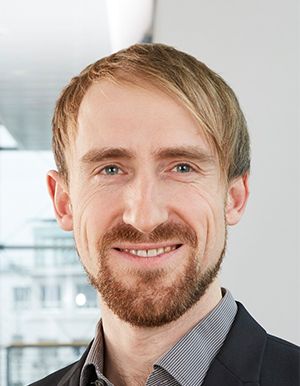
Silicon Materials and Cells
TOPIC 1
Message from the topic chair, Dr Florian Schindler
Silicon solar cells continue to dominate the global PV market. With TOPCon and heterojunction technologies replacing PERC, we are pushing the limits of performance – record efficiencies are reaching 27.8%, closing the gap to the theoretical maximum of 29.4%. This outstanding performance positions silicon solar cells as ideal partners for future tandem structures. However, there is a flip side to the coin: highest-efficiency solar cells exhibit increased sensitivity to degradation mechanisms, particularly UV-induced degradation. This stability challenge will be another focal point of the conference. Additionally, due to massive market growth, sustainability in production is gaining importance.
Three plenary talks addressing highest efficiencies, scaling of manufacturing, and UV-induced degradation offer valuable insights into the topic of silicon materials and cells, which remains an exciting and dynamic area of research.
— Dr Florian Schindler
Fraunhofer ISE
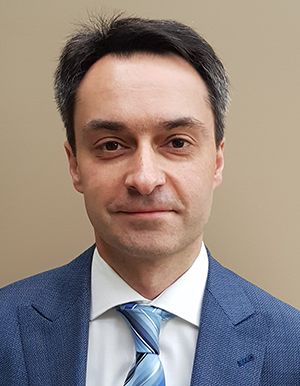
Thin-Films and New Concepts
TOPIC 2
Message from the topic chair, Dr Ivan Gordon
While Silicon wafer-based solar cells are getting nearer and nearer to their theoretical energy conversion efficiency limit, the development of new concepts and materials is crucial for the next generation of solar cells that should go beyond the efficiency limit of single-junction Silicon solar cells.
Topic 2 on Thin Films and New Concepts therefore focuses on thin film solar cells based on perovskites, chalcogenides, kesterites, CdTe, organics, and III-V materials, as well as on various types of tandem and triple junction devices.
Of particular importance are new modelling and characterization techniques to understand the fundamental physics and material properties of the novel device concepts. A lot of focus in various sessions will be on upscaling, stability and outdoor performance of both perovskite single junction devices as well as perovskite-based multijunctions. Many new record efficiencies at lab scale as well as at industrial scale will be reported and devices with record stability performance will be analysed in detail.
— Dr Ivan Gordon
IMEC
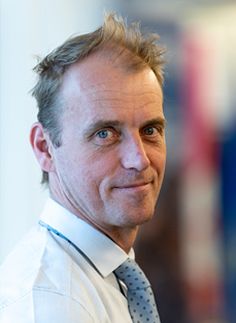
Photovoltaic Modules
TOPIC 3
Message from the Technical Programme Chair, Dr Robert Kenny
This topic is one of the largest of the conference and covers work at the heart of the PV value chain, where cells based on sophisticated technologies are assembled into modules that function for decades in all environments. These modules then go on to form the essential building blocks of complete systems that are remaking the global energy system. There are just three subtopics, broadly covering manufacturing, reliability and performance respectively.
PV Module Design and Manufacturing covers the full range of module design and materials and module manufacturing processes. The critical aspects of design for sustainability and circularity are also covered here. PV Module Durability and Reliability ensures that modules will have a long and productive life in the field. Areas covered include type approval testing, degradation, ageing and lifetime, and accelerated testing methods. PV Module Performance – Modelling, Testing, Standards covers methods for characterising modules, and their field performance both in power and energy yield. New and improved measurement and characterisation methods are developed, including the important correlation between laboratory testing and field performance. Modelling and methods for characterisation and calibration, independently of the active material are also included. The development and validation of global standards which ensure confidence in products, and a fair marketplace are also covered here.
Specifically, during the conference week, Monday afternoon sees three visual sessions covering the three respective subtopics. Four oral sessions on Tuesday focus on imaging techniques and outdoor characterisation, including one looking specifically at perovskite-based modules. Two oral sessions on Wednesday focus on module design. Topic 3 concludes with four oral sessions on Thursday focusing on failure modes, degradation and encapsulant materials.
— Dr Robert Kenny
Technical Programme Chair & European Commission JRC
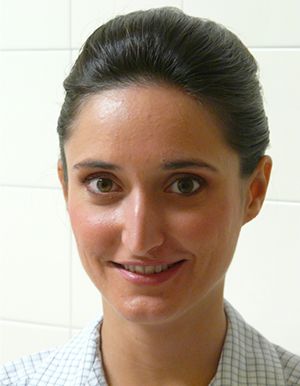
Photovoltaic Systems
TOPIC 4
Message from the topic chair, Ana M. Gracia Amillo
Topic 4, Photovoltaic Systems, is this year divided into seven subtopics, including the long-running subtopics on Solar Resource and Forecasting, where new enhanced solar irradiance products and forecasting methods will be presented; Design, Engineering and Installation of PV Systems, which this year includes BoS and deals among other aspects with tracking systems; the subtopic on Operation, Performance and Maintenance of PV Systems, which is the largest of the Conference reflecting the importance of optimizing the PV assets’ performance, and deals with challenges and new solutions, and the subtopic on PV and Buildings, with sessions dedicated to coloured PV modules and PV performance in and on buildings.
Due to the increasing interest and extended application of Agri-PV, there is a new dedicated subtopic with successful examples and new PV designs for this application this year. It complements the subtopic on other Innovative PV Applications, which includes PV in Space, mobility and vehicle-integrated PV and floating PV to analyse all current PV integrated configurations. This fourth topic also includes examples of Direct Uses of PV Generated Electricity like solar irrigation or green hydrogen production.
Join us at this year’s EU PVSEC to learn the latest updates on the above-mentioned topics and discuss them with the attending experts and presenters at the 24 sessions distributed throughout the week.
— Ana M. Gracia Amillo, PhD
CENER
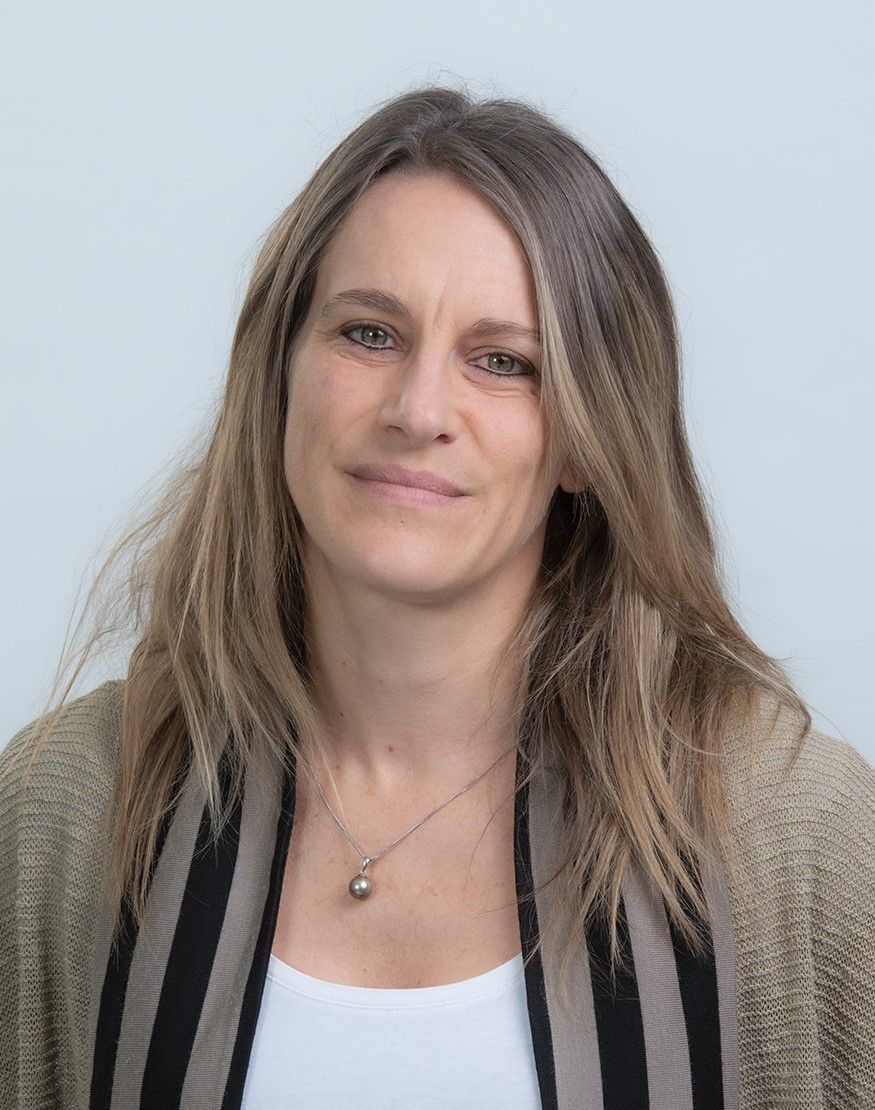
Photovoltaics in the Energy Transition
TOPIC 5
Message from the topic chair, Claire Agraffeil
Photovoltaic energy clearly takes on its role of leader in the energy transition, covering now over 10% of the electricity demand and more than a third of employment in the renewable energy sector. This comes with plenty of challenges at the global level. Integration, resilience, reliability, sustainability coming together with economics, policy and social development. An ecosystem of innovation to be carefully monitored while flexibility is the key message of the year.
Want to know more? Come and follow our sessions for a better understanding of the global picture, the current and next challenges of PV deployment.
We will give insights on solutions for grid integration/development, hybrid-, storage and energy systems to frame and grow the potential of flexibility in photovoltaics. Also, a deep dive in the economics with the latest updates including over-capacity in manufacturing, market development, and new forecasting. PV sustainability is at the forefront with an incredible contribution this year! Amongst others: LCA of innovative technologies, major progress in recycling and EoL management, tools and methodologies to assess circularity. Not to mention social and policy development to support these progress and multidisciplinary efforts, as well as issues and geopolitical challenges that will be part of the discussion to foster the energy transition.

